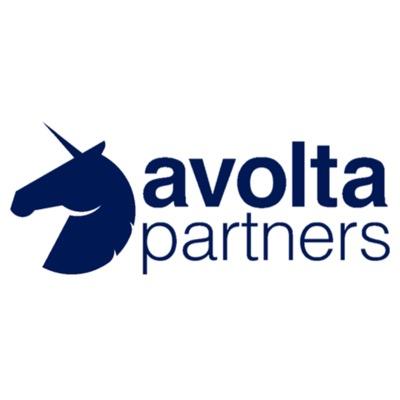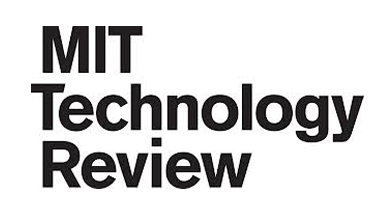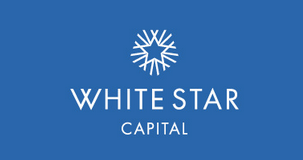At Initialized Capital, our share of investments outside the Bay Area has ticked up to about one-quarter of our most recent fund as the cost-of-operating and improved communication tools have made it easier and less expensive to collaborate remotely.

Although I personally remain a vocal advocate of building infrastructure, capacity and housing in Silicon Valley’s historical home of the Bay Area, we as a firm are supportive of entrepreneurs all over the country, including some of our most recent investments in startups based in cities like Atlanta, Chicago, Los Angeles and Seattle. We can do both at once.
The questions for founders are:
- If you do have a distributed technical team, how do you manage and hire for it?
- How do you build a coherent company culture where your team members are on the same page?
- Or should you even go remote in the first place? Does that make sense for what your company does?
One of our companies, Rainforest QA, is physically based in downtown San Francisco, but its engineering team of 22 people lives all over the world from South Africa to South America to Europe. The company, which has built a platform managing quality assurance tests for web and mobile developers globally, has even started to handle sales and customer success remotely, and recently closed a $25 million Series B round.

Through this process, they developed a culture, systems and tools to manage a small, but geographically dispersed team of engineers.
Here are some of their learnings and practices:
How to Hire
The online assessment: First, Rainforest does an initial screening with a basic challenge that an applicant can complete themselves. “If you’ve done any kind of engineering or hacking for fun, you should be able to do it quickly,” said co-founder and chief technology officer Russell Smith.
Phone screen: Once that’s completed, a prospective hire can apply for a specific position and go through a phone screen that consists of 20-minutes of “pretty low-level technical things.” The aim here is to check whether the candidate can code at all with simple questions to see how candidates manipulate arrays and loops, plus some basic SQL questions for back-end roles.
“It’s open book and we try to make it deliberately low stress,” he said. If they pass that part, Rainforest will send an end-to-end packet explaining the remaining steps in the interview.
Online hack hour: After the 20-minute phone screen, there’s a “hack hour,” where applicants are asked to pick an open source or side project, and then come up with a couple of bugs or features to fix or add. They then schedule a Google Hangout with a member of the team where they can walk through their solution. In the past, candidates have built features like adding Google authentication to a task management system.
Conditional offer and hack week: If the candidates successfully pass the hack hour, they receive a formal — and conditional — offer. They are offered three options — high, low and medium on equity-versus-salary — and it’s dependent on successfully completing a paid “hack week” with the company, which is basically like working there for a week, except with pre-fixed tasks.
“This helps people who happen to be not as good at traditional interviewing,” Smith said.
Don’t fly in candidates to try them out for remote roles
One thing that Rainforest doesn’t do is fly people in for interviews. They found that prospective hires didn’t really behave the way they would if they were working remotely.
“If I fly you from New York City, and you don’t have any distractions like friends, pets or family life because you’re in a hotel, you’re going to behave differently,” he said.
“Hiring remote engineers by flying them in turned out to be a disaster. Great engineers — and great people — can sometimes turn out to be shitty at being remote,” Smith said. “The reason is they’ve never worked remotely before and they’re not used to distractions at home so they’re on their best behavior.
For in-person roles, candidates still come into and work from the office. But for remote roles, Rainforest only remotely interviews and hires candidates, so they can see a more accurate picture of how they would work as if they were a full-time remote engineer.
How to Create a Company Culture With Workers All Over The World
Regular AMAs or Ask Me Anythings: CEO Fred Stevens-Smith runs an AMA, where the team can put in questions— including anonymous ones — and he’ll answer them over a Zoom. It starts with a ten-to-20 minute company round-up and then Stevens-Smith answers general AMA questions — kind of like a Google TGIF meeting done solely online.
“We just stole the idea from Reddit,” Smith said.
The company has gotten feedback on changes like having better temperature controls in the office to getting better equipment like higher-quality microphones and cameras to interact with other remote workers. But they’ve also engaged in more probing conversations about fundraising and hiring. One suggestion that came out of these AMA sessions was allowing Rainforest team members to rotate into remote weeks, to let them experience first-hand the company’s remote culture and see where it was beneficial and where it has had shortcomings.
On-sites three to four times a year: About once every quarter, all remote team members are flown in. Rainforest will have a company all-hands and then be assigned to pair or shadow other teams.
In the beginning when the company was only 10 people, people would just hang out, discuss product and eat and drink together. But as the company has scaled, on-sites have become more structured with AMAs and then group events like competitions or pairings between engineering and non-engineering workers. There’s a lunch roulette, where team members are grouped together to get lunch, and where locally-based Rainforest workers can show remote colleagues special spots around the city.
More recently as the company has scaled beyond 100 people, they’ve added more work-focused elements like internal talks from different teams and show-and-tells where team members whiteboard things they’ve built. There is also at least one full-team dinner and then a group outing.
Managing product development: Rainforest has many of the typical standing meetings you would see in a non-remote, non-distributed engineering structure. There are sprint planning meetings, engineering lead meetings along with regular team meetings for front-end engineers, back-end engineers, operations and data science.
For team meetings, it’s generally up to the team leads to schedule meetings at times that they consider fair and appropriate across all of the different time zones. But leads are encouraged to avoid unnecessary meetings and to do things asynchronously when possible.
Russell Smith, the chief technology officer, leaves his calendar public and accepts meetings when they’re reasonably timed and appropriate.
Feedback and assessment: “This works exactly how it would in a normal engineering team,” Smith said. “If they don’t deliver or if they get stuck, it’s the same.” Smith said they follow what engineers produce on Jira, after previously using Github.
Promotions and the career ladder: Since Rainforest brought on Derek Choy as vice president of engineering and now chief information officer, the company has built a system of cross-team projects that are not only managed by existing managers but involve participation from team members who are curious about or aspire to be on the management track.
“From watching this, it’s great — it gives people enough of a taste to see if it’s really what they want or not, which helps them plan with their manager what they’d actually love to do,” said Russell Smith.
The career ladder varies by team. In sales, a sales development representative might move up to become an account executive on the small-to-medium businesses team. On the engineering side, there is a classic two-track system of managers and individual contributors. An individual contributor can move up from being a junior engineer to becoming a staff engineer and then architects who work alongside all of the teams.
Rainforest has formalized career pathways on the individual contributor and management tracks with more clearly defined expectations of responsibilities in each rank and how, when and why people are promoted.
All in all, this has enabled the company to operate in a partially geographically distributed way, with less than 1 percent turnover per month.
“If you’re considering building a remote team, it’s now easier than ever — partly due to technology improvements in video chat, scheduling and work-flow tools, and partly due to becoming more common in general,” Smith said. “From watching others and seeing this on our non-remote-first teams, it’s totally possible to retro-fit in — but it is harder. Be deliberate, accept the upsides also come with downsides!”



